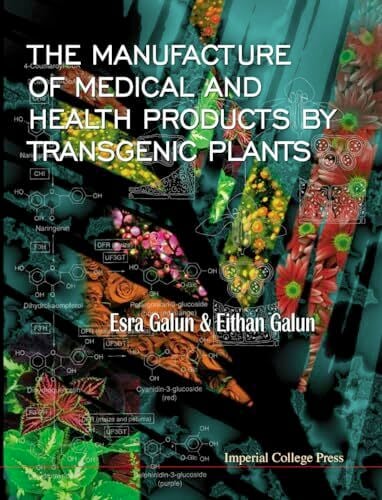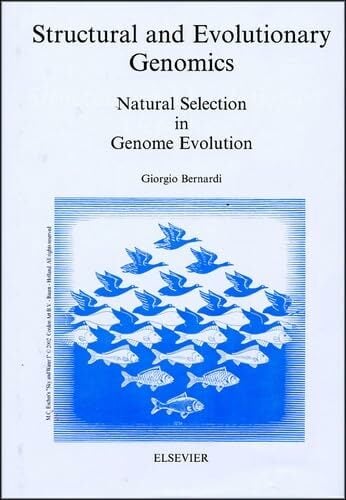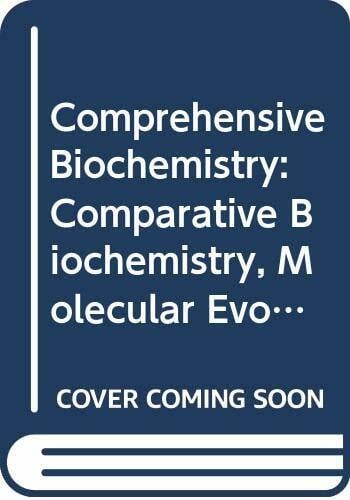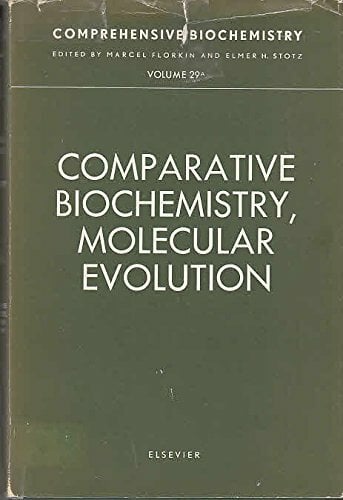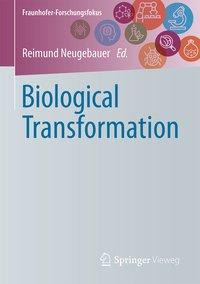
Biological Transformation
Kurzinformation
inkl. MwSt. Versandinformationen
Artikel zZt. nicht lieferbar
Artikel zZt. nicht lieferbar

Beschreibung
The global population is expected to rise to 9.8 billion by the year 2050 - with everyone ultimately striving for prosperity. New methods must therefore be found to achieve more efficient production. Research to date shows that the biological inventory that has evolved: its products, processes, principles and tools, can spur modern technology. The development of technological innovations based on biological concepts, with the goal of particularly innovative and sustainable value creation, today is collectively known as "biological transformation". It results in highly functional products with striking properties that can be both manufactured and utilized in a resource-saving way.In terms of taking responsibility of the good of all people, biological transformation is therefore a path that applied research will have to take. The Fraunhofer-Gesellschaft has recognized the developmental technology potential of biological transformation and sees it as its task not only to drive the relevant research forward, but also to promote public awareness of the topic. von Neugebauer, Reimund
Produktdetails

So garantieren wir Dir zu jeder Zeit Premiumqualität.
Über den Autor
Prof. Reimund Neugebauer is the 10th president of the Fraunhofer-Gesellschaft. He took office on October 1, 2012 and is responsible for the executive board division "Corporate policy and research".

- hardcover
- 580 Seiten
- Erschienen 1990
- Springer

- hardcover
- 432 Seiten
- Erschienen 2000
- Wiley

- hardcover
- 212 Seiten
- Erschienen 2003
- Springer

- Klappenbroschur
- 432 Seiten
- Erschienen 2022
- Plassen Verlag

- Gebunden
- 723 Seiten
- Erschienen 2017
- Wiley-VCH

- Gebunden
- 241 Seiten
- Erschienen 2008
- Wiley-VCH

- Gebunden
- 724 Seiten
- Erschienen 2012
- Wiley-VCH
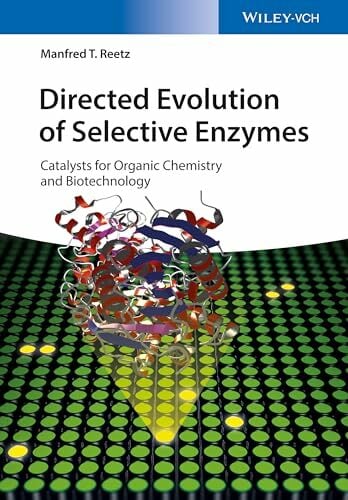
- Gebunden
- 308 Seiten
- Erschienen 2016
- Wiley-VCH

- Gebunden
- 260 Seiten
- Erschienen 1999
- Birkhäuser Verlag

- Gebunden
- 265 Seiten
- Erschienen 2018
- Springer




















